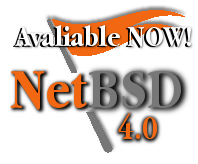Yesterday I started my adventures in learning python, and these are my notes:
First looking at how to run python,
- Download and install python: http://www.python.org/download
- Then running commands in the interactive python shell
- Saving files with a .py extension then running them by using the command:
- #python name_of_program.py
- Saving files with a header, therefore running them from a command line.
*Using quotation marks e.g. "" and '', to print out literal/string statements
*Also adding commas to continue the print expression
Operations:
*Python has six basic operations for numbers:
Exponentiation**5 ** 3 == 125
Multiplication*2 * 3 == 6
Division/14 / 3 == 4
Remainder%14 % 3 == 2
Addition+1 + 2 == 3
Subtraction-4 - 3 == 1
- raw_input returns a string while
- input returns a number.
- type which tells what a variable is, e.g. int, float, string.
- Numbers are of type int or float (which are short for 'integer' and 'floating point' respectively).
- strings
Here is the list of some string operations:
Repetition*"i" *5 == "iiiii"
Concatenation+"Hello, " + "World!" == "Hello, World!"






1 comments:
Thanks for writingg
Post a Comment